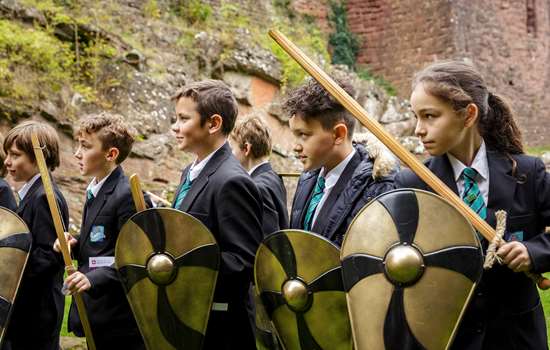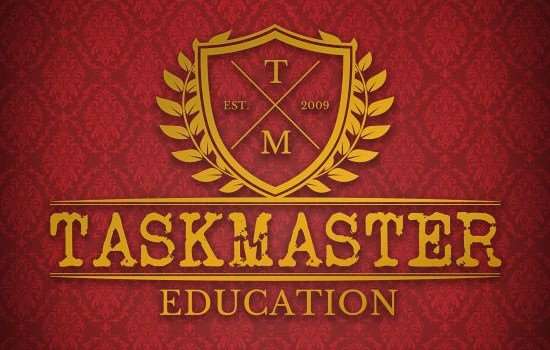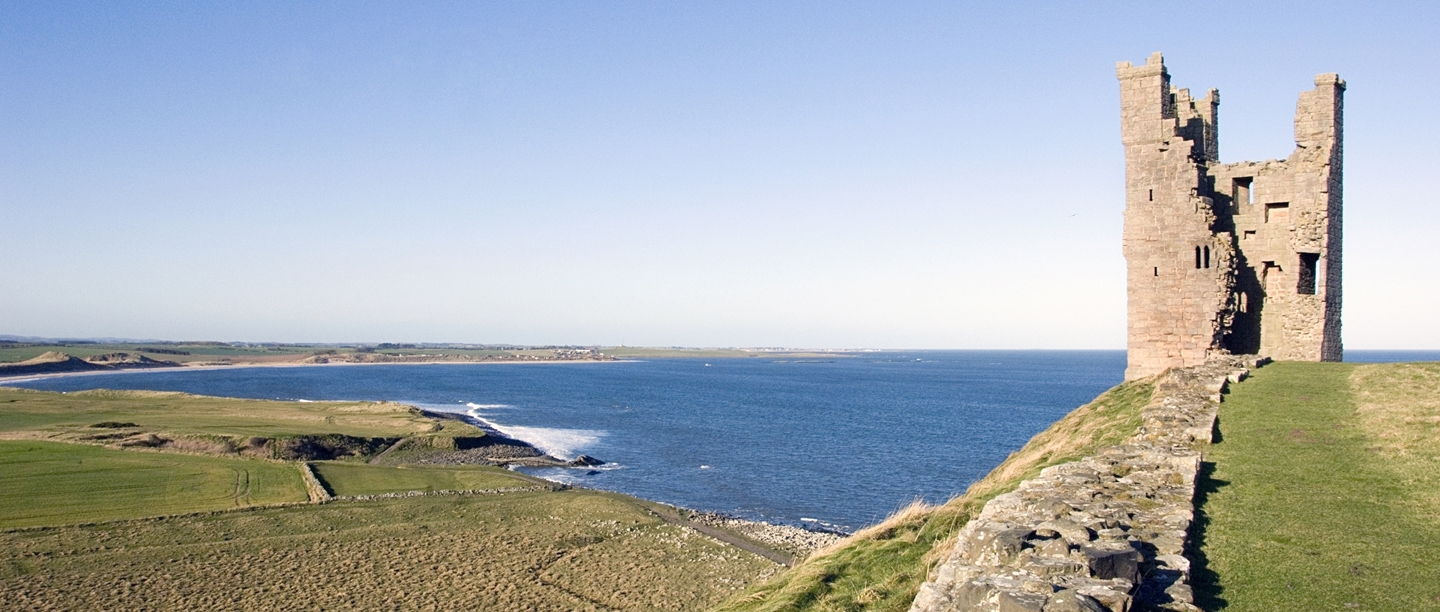Curriculum Links
Visit Dunstanburgh Castle to support your teaching in a fun and engaging way, and cover multiple topics across the curriculum.
- KS1 History: Significant historical events, people and places within the locality
- KS1 Geography: Use geographical skills and fieldwork
- KS2 History: Local history study. Study of an aspect or theme in British history that extends pupils’ chronological knowledge beyond 1066
- KS2 Geography: Use geographical skills and fieldwork. Understand the strategic significance of the castle’s position
- KS3 History: Local History study. Development of Church, state and society in Medieval Britain 1066-1509
- GCSE History: Study of the historic environment
Free Self-led Visits
Book a free self-led visit to Dunstanburgh Castle and organise your day to suit your curriculum objectives. Explore the castle ruins and twin-towered gatehouse, imagine what life would have been like in the medieval period and discover the story of the man who built Dunstanburgh: the powerful rebel baron Earl Thomas of Lancaster.
Enquire nowPlan your trip
We have a wide range of materials to support your visit and make school trip planning easy. You can find all our site-specific information and tools below, and further information on our what to expect page.
Download our free resources to help you make the most out of your visit and create unique learning experiences before, during and after your trip. We also offer free planning visits once you have made a booking, plus a 20% discount on the official English Heritage guidebook for your place of choice.
Once you book your visit you’ll be sent a visit permit, which you’ll need to bring with you on the day.
Visit our bookings page to start planning your trip!
Learning Resources
-

Teaching Medieval History
Use historical information, learning activities and tips from our historians, curators and educational experts to support your teaching of medieval history.
-
A Mini Guide to Castles
Discover how castles developed over time with this short introduction.
-
How to Take a Medieval Castle
Watch our short animation to learn more about how to take a medieval castle.
-

Taskmaster Education at English Heritage
We’ve teamed up with Taskmaster Education to bring an extra layer of fun to school visits to our sites. Find out more about how we can help you create a Taskmaster-style experience during your trip.
-
Enquire now
0370 333 1181
-
Visit our bookings page to start your enquiry. All bookings must be made at least 14 days in advance. Please make sure you check our terms and conditions ahead of your visit.
If you’d like more information about a site or one of our workshops, get in touch using the online form on our bookings page to speak to your local Learning and Participation Officer. We look forward to seeing you soon.
